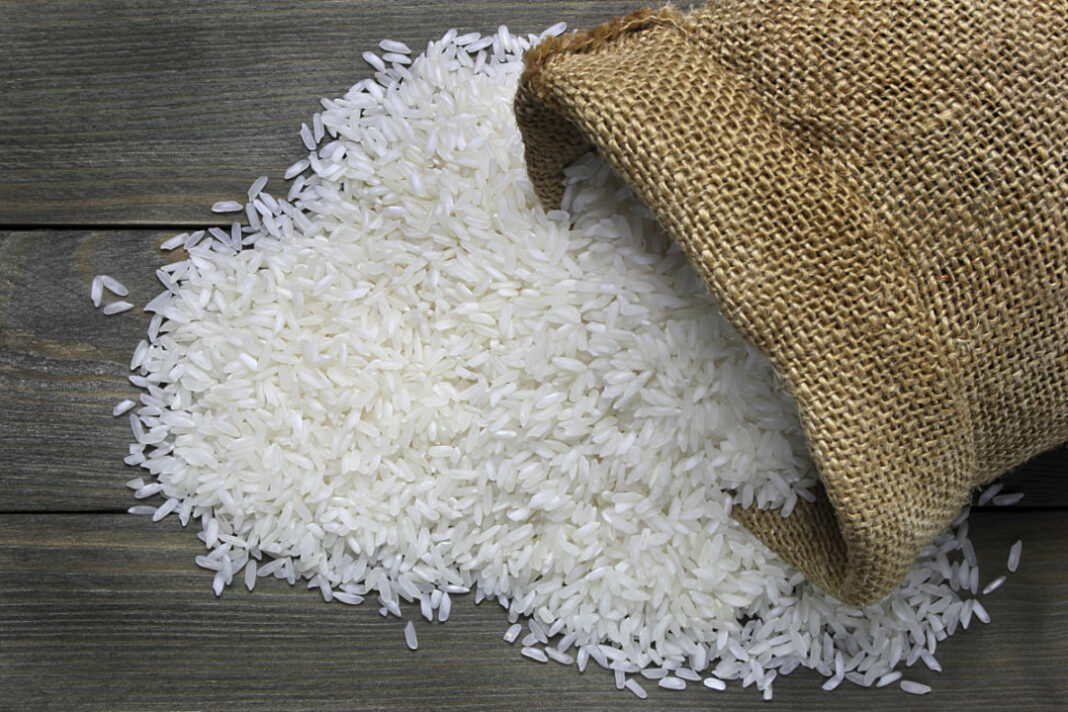Global events including lockdowns and conflict have pushed rice prices upward across Asia.
Rice prices in Asia rose this week on account of several situations, including the stockpiling of food-grade rice by Hong Kong residents preparing for a possible Covid-19 lockdown.
Other factors contributing to the increase include more expensive fertilizer and shipping costs during the Ukraine-Russia conflict, and increased demand for rice as wheat and corn prices soar.
The high price of corn and wheat amid geopolitical conflict has also driven farmers to turn to rice instead for animal feed.
Broken rice, which is considered inferior because it has been damaged during milling, is especially in demand, since it can be used to feed livestock. Wheat prices have reportedly risen as much as 50%, which is motivating livestock farmers to turn to broken rice instead.
Meanwhile, as Russia is a leading exporter of both urea-based and diammonium phosphate-based fertilizers, the rising price of fertilizer due to the country’s suspension of exports has caused Thai wholesalers to stockpile fertilizer.
Canada’s Nutrien plans to increase potash production in order to mitigate some of the global fertilizer shortages, however, the company says the additional volume will not be available until the second half of this year.
Canada is the world’s largest potash producer, but Russia and Belarus are also major exporters.
Laos also produces a small amount of potash at factories owned by Chinese companies, with much of the product shipped directly to China.
Experts say the situation in Ukraine is likely to stoke food security issues across Asia, already one of the most vulnerable regions due to the effects of climate change.



